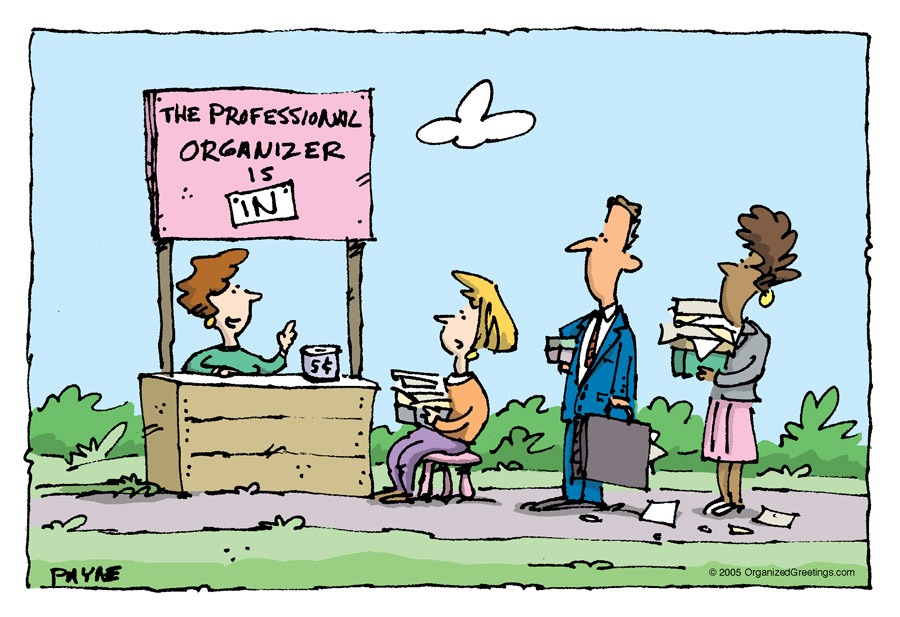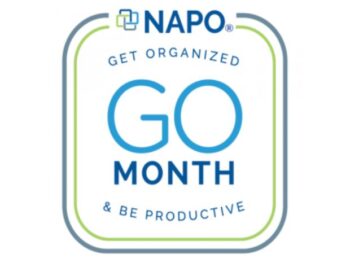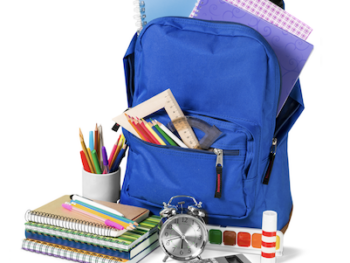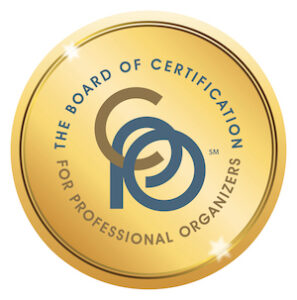Put It There has the pleasure of helping senior clients with downsizing and moving. While all moves can be stressful and anxiety ridden, it can be more so for the senior population. Whether helping aging parents or grandparents or you work at a senior living facility and could use some guidance, read on for our top questions and answers when assisting seniors with downsizing and moving.
Note – These questions and answers are taken from an interview with Mike Petchenik of Homethrive, a service available to Dari members. Homethrive is a resource helping families and employees to navigate family care of loved ones.
1. What are the unique challenges when it comes to decluttering and organizing for an aging population?
Physical challenges include:
- Tripping hazards, mobility, more of a need to declutter than others, have wider paths, nothing on the floors
- Can’t put anything higher than can reach, as you don’t want seniors using step ladders.
Emotional challenges include:
- Memory – Seniors will need more visual cues, checklists, and a Table of Contents for file systems
- Less physical and mental energy – Plan to work in shorter sessions
- More set in their ways, ie they have been doing things in certain ways for longer. Extra patience and empathy will be required.
2. If I’m an adult child of aging parents or the parent myself, what do I need to do first to get ready to tackle a clutter problem in my/their home?
- Set goals & priorities – What needs to be accomplished and by when?
- Assess – What’s working and what’s not? Review current systems for paper management, appointment scheduling and daily/weekly/monthly responsibilities
- Note: These steps are necessary no matter the age or project!
3. What considerations should someone make when planning their organization/declutter?
- Who is part of the team and who will be responsible for what?
- Who might need to be hired or brought in, such as support service agency, a Professional Organizer, estate attorney, a driver, junk removal, cleaning service?
- Budgets
- Time frames
4. In what room(s) should we begin this process? Does it matter?
- The answer likely varies by situation and urgency.
- It is most important to start where safety is an issue.
- If there are no real considerations, then start with a smaller space and/or where there is less emotion involved, i.e. pantry, linen closet, or medicine cabinet. This way they can warm up to the process and start with easier decisions before the harder, more emotional ones.
5. What are the benefits (mentally or otherwise) of decluttering and organizing the home, especially for an older adult?
The benefits are many but top ones include:
- Reduces stress and anxiety
- Saves time, space, energy and money
- Can live independently longer and more safely
- Make things easier for children and grandchildren
- Like exercise or chore, do it for the positive feeling you get at end, i.e., mental relief
6. What other organizational planning should a family consider? (e.g., meal planning, schedules, etc.)
- Bill paying, taxes, investments
- Wellness – meals/nutrition, exercise, sleep
- Medicine management – create a document/schedule
- Medical history, insurance, paperwork
- Doctor appointments & updates – how to most efficiently update family members
- Vital documents – insurance policies, birth/death/marriage certificates, titles, stock certificates, safe deposit box keys and contact information for attorneys, investment advisors, insurance agents, etc.
- Digital afterlife, passwords
7 What can the adult child or the senior do themselves to make this as easy and stress-free of a process as possible?
- Start early and plan ahead! The process of downsizing and moving takes longer than you would think and is much easier to do when the parties are not in crisis mode.
- Set rules/boundaries. For example, it is ok to toss magazines older than X date or I won’t touch “that”.
- Create a communication plan that involves open, honest, regular communications. How will both progress and backsliding be communicated? What is the expectation?
8. How can an outside professional, such as yourself, step in to help a family looking to declutter/organize and/or plan and schedule their lives?
- Professional Organizers offer a neutral, fresh, 3rd party perspective with proven techniques and systems.
- Sometimes we have more patience and empathy since we haven’t been around the family drama, heard the same stories or been involved in any previous tensions.
- Most organizers will start with an introductory phone call, followed by an assessment before moving or touching anything.
- It is very important to allow the client to have control and a say in how the process will go, how often to meet, how long, etc. My job to make sure we meet the specified goals, but the client ultimately is the one to make decisions.
- We have connections to other professionals who may be needed.
9. What’s your advice to a family trying to downsize as they prepare to move their loved one to a long-term care community from their home of many years?
- Start now/early!
- Try to mimic their systems and layout as much as you possibly can. If silverware is to the left of the dishwasher, do the same.
- Labels, signs, checklists, reminders are a must!
- Identify a donation organization that feels good to them. Inevitably, family members will not want a lot of the physical possessions. Knowing it’s going to a meaningful organization may allow them to let go of more items.
- Stick to facts over emotion as much as possible, i.e. you have X amount of closet space here but only Y space there.
- Chunk it down. For example, when I was helping my grandmother, I pulled all of her black slacks and told her to pick her 3 favorites.
- Take photos of sentimental objects. Bonus if he/she is holding it, or you can be in the picture together. Make a photo file of “Nana’s favorite things” where those pics can be stored.
- Go easy, be patient!
For more advice from Michelle, check out her discussions with Homethrive.
Declutter Your Life! from Homethrive, Inc on Vimeo.













 6 Tips For A Successful Year
6 Tips For A Successful Year




